Not so long ago, luxury was defined by the thread count of sheets, the softness of the cashmere throw, the attentiveness of the maitre d'. Now, many travelers think of nature as a critical component, considering it a vital antidote to the tech-infused chaos of urban life. Researchers at the National Institutes of Health and University of California, Davis agree. Even spending five minutes a day outside can help lower stress, according to a study published in "The Journal of Positive Psychology."
Nature has long been the motivator for Kathy Bernstein's luxury travel clients. But since the start of 2025, the ProTravel agent has seen a nonstop tsunami of requests for safaris, Arctic and Antarctic trips, Alaska visits, jungle immersions in the Amazon and Brazil's Pantanal, hiking trips in Australia and New Zealand. "Many people over the holidays sat and thought about what they wanted to do. And I mean, truly starting January 1, they started booking trips with a vengeance."
The increase in extreme weather events, climate change, and city sprawl underscores the understanding that wilderness itself is becoming a luxury. Travelers who want to see massive ice floes, low-lying islands, and the wildlife they support need to visit soon.
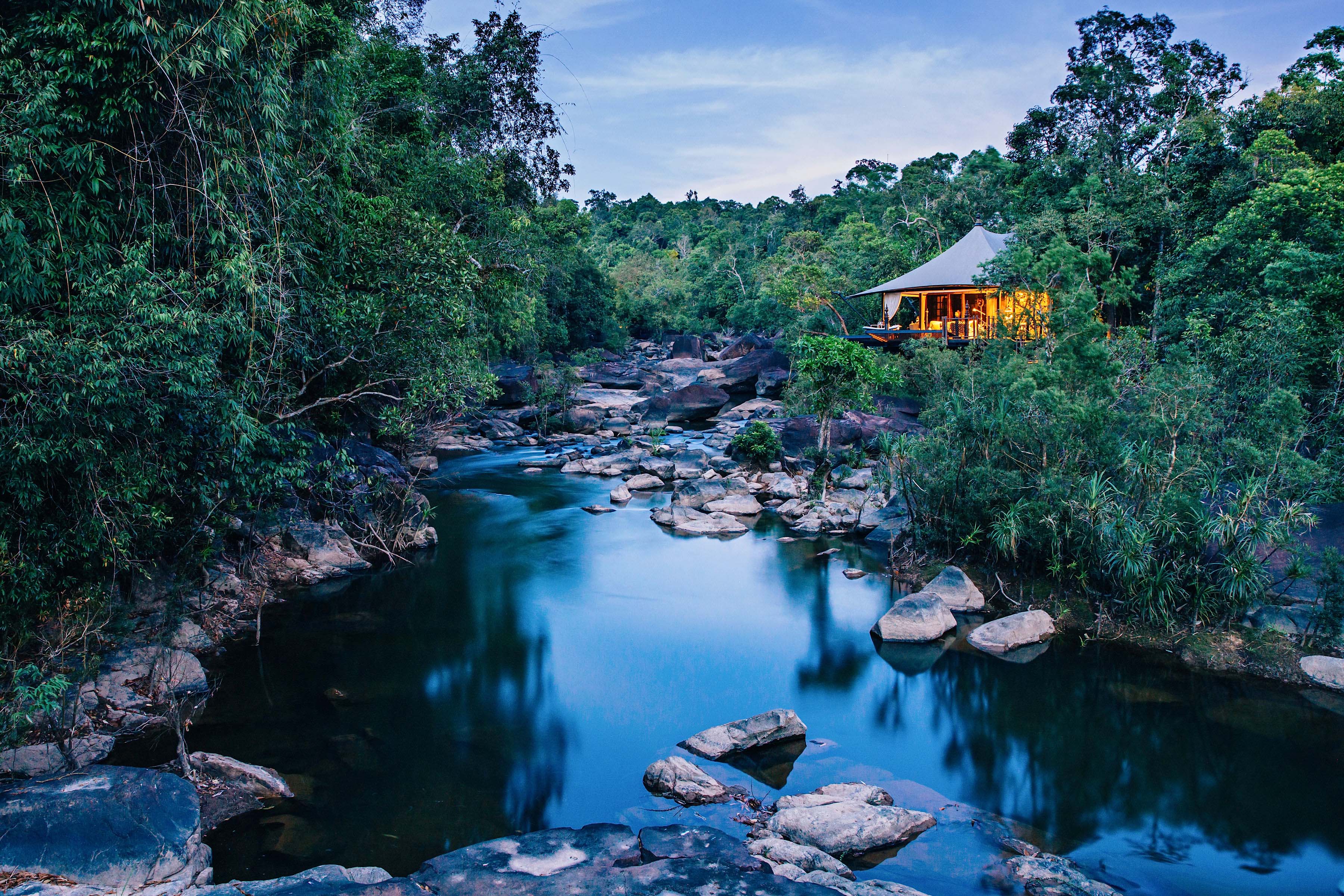
The good news for luxury travelers: immersing in nature is more comfortable than ever. Glamping resorts, treehouses, expedition cruise ships, and nature lodges take travelers deep into forests, jungles, dark skies, ice caps, and under the sea — with the comforts of snug beds, Frette linens, en-suite facilities, hot-and-cold showers, and Michelin-worthy dining.
The best lodgings are also mindful of their impact on the environment that their guests are coming to experience. That translates into solar power, composting, reusable water bottles, rainwater collection systems, boardwalks and platforms protecting sensitive lands, on-site produce gardens, and locally sourced meats.
From finding the right trip for you to practicalities like booking and selecting travel insurance, here's how to plan a remote wilderness lodge vacation.
How to Find a Trip
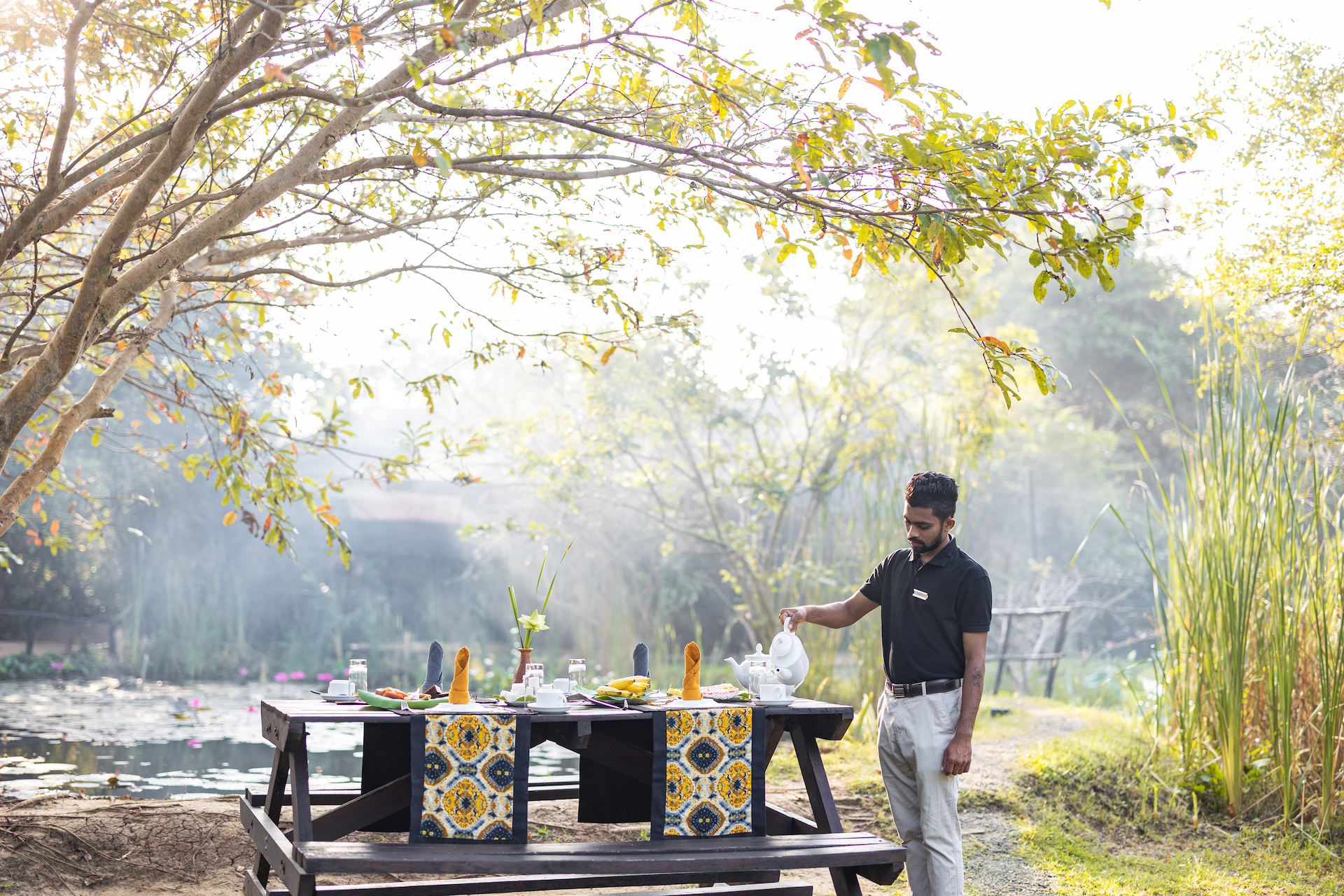
Finding the trip that's right for you starts with, well, you.
Ask yourself
Do you want high-velocity physical activity, gentle hiking and tubing, wellness and relaxation, or a beautiful, remote place where you simply soak in the scent of the earth from your private plunge pool? Rare wildlife or breathtaking geological wonders? Mountains or sea? Fine dining and an expansive wine list, or simply tasty, solid cuisine? Bucket-list icons or remote destinations far from the crowd? Warm temperatures or chilly? Specialty programs focused on horseback riding, stargazing, photography, or expert lectures? A weekend getaway relatively close by or a weeks-long trip to the far beyond? When it comes to a wilderness retreat, there's truly something for everyone.
Next question
Who's going? Is this trip for you and your beloved, or will you have multiple generations in tow? How mobile are elders and small children? Will your itinerary keep teens occupied? While this matters on every trip, it's even more important on nature retreats where physical fitness and attention span are significant factors.
Practicalities
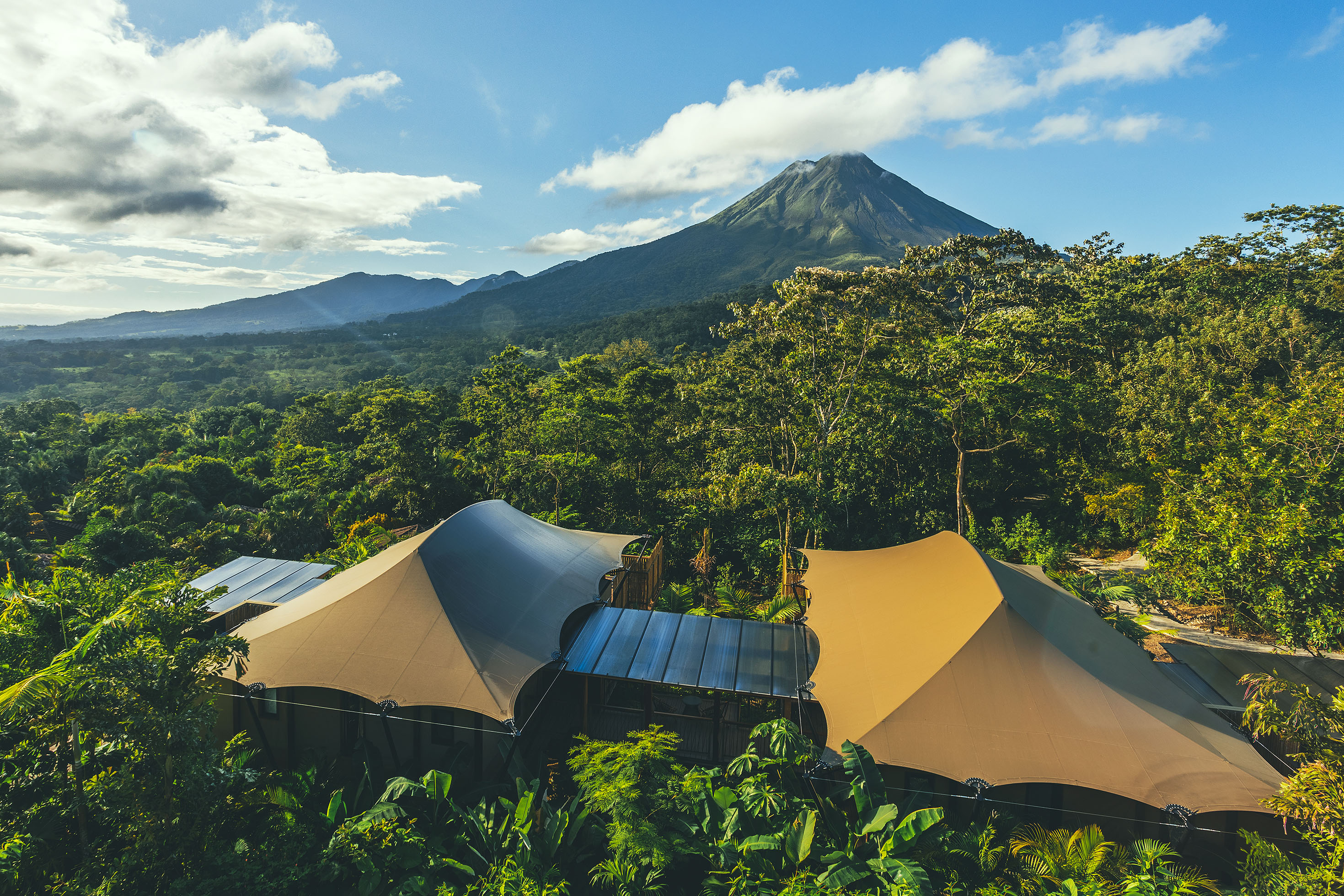
How to book
If your trip is local and straightforward, using the usual websites will do the trick. If your itinerary is complicated or you're traveling to remote places, seriously consider using a travel advisor or bespoke outfitter, so you have help in case of problems.
Fitness
Does the trip you're considering mesh with your fitness level? If you haven't been active lately, a pre-travel visit with a doctor is a great idea.
Travel insurance
If you're heading out on an expensive adventure that's far afield, seriously consider travel insurance. There are two basic types. Comprehensive policies include travel delays, car rental damage, lost luggage, extreme weather events, medical evacuation, medical and dental care (no, Medicare does not cover anyone abroad), and other scenarios. Annual policies cover either medical care plus evacuation (which can cost $100,000 or more) or medical evacuation only. To compare, visit an online travel insurance agency that sells policies from multiple companies. Call the agency before you buy to be sure you understand what is or isn't included. Sources include insuremytrip.com and squaremouth.com.
Recommendations
Here are some top recommendations from my forthcoming book, "Comfort in the Wild," publishing this October by Frommer's.
Tree Houses
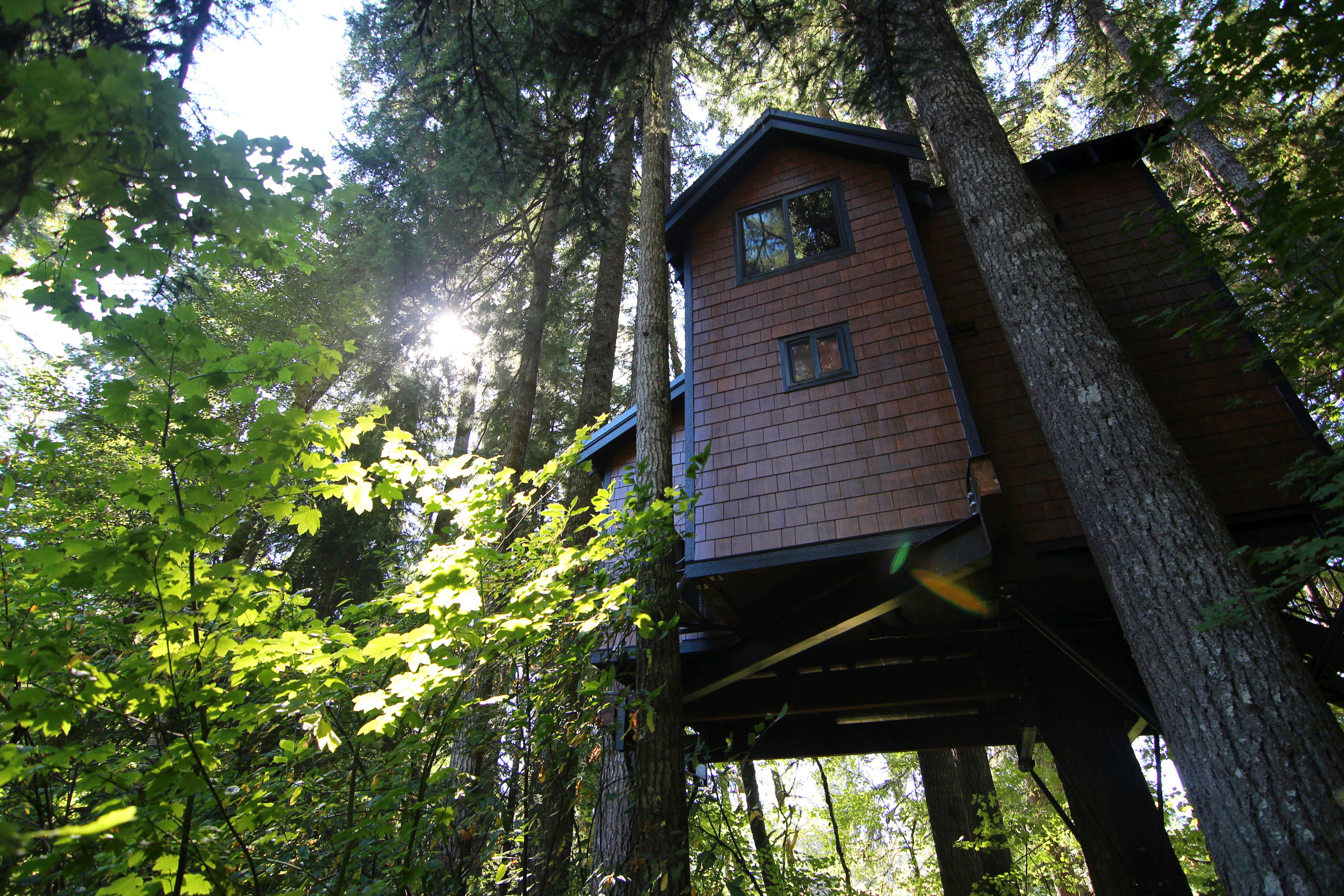
Hideouts in the branches have grown up: Today they come with conveniences like toilets, comfy chairs on the deck, and in some cases, fireplaces. Some tree houses are actually wrapped around trunks, while others are simply set on stilts among them. Most work best for short respites. While some are child safe, others work best for agile adults reliving their youth; many involve steps and ladders.
Hope Glen Farm, Cottage Grove, Minnesota: A seven-room cottage built in the branches of a 150-year-old white burr oak, with a library, two bedrooms, a hot tub, a full kitchen, gas fireplaces, crystal chandeliers, rain showerheads and radiant-heat floors. It and the farm around it were saved from COVID-period bankruptcy by brides and grooms who use it for weddings and honeymoons.
Iron and Vine, Ashford, Washington: In this lofted treehouse outside Mount Rainier National Park, guests feel like they're inside a fir tree. Almost everything inside it — from the bathroom mirror to the stool seats — is painstakingly crafted from local wood, and it comes with a kitchen and large-screen TV.
Glamping Resorts
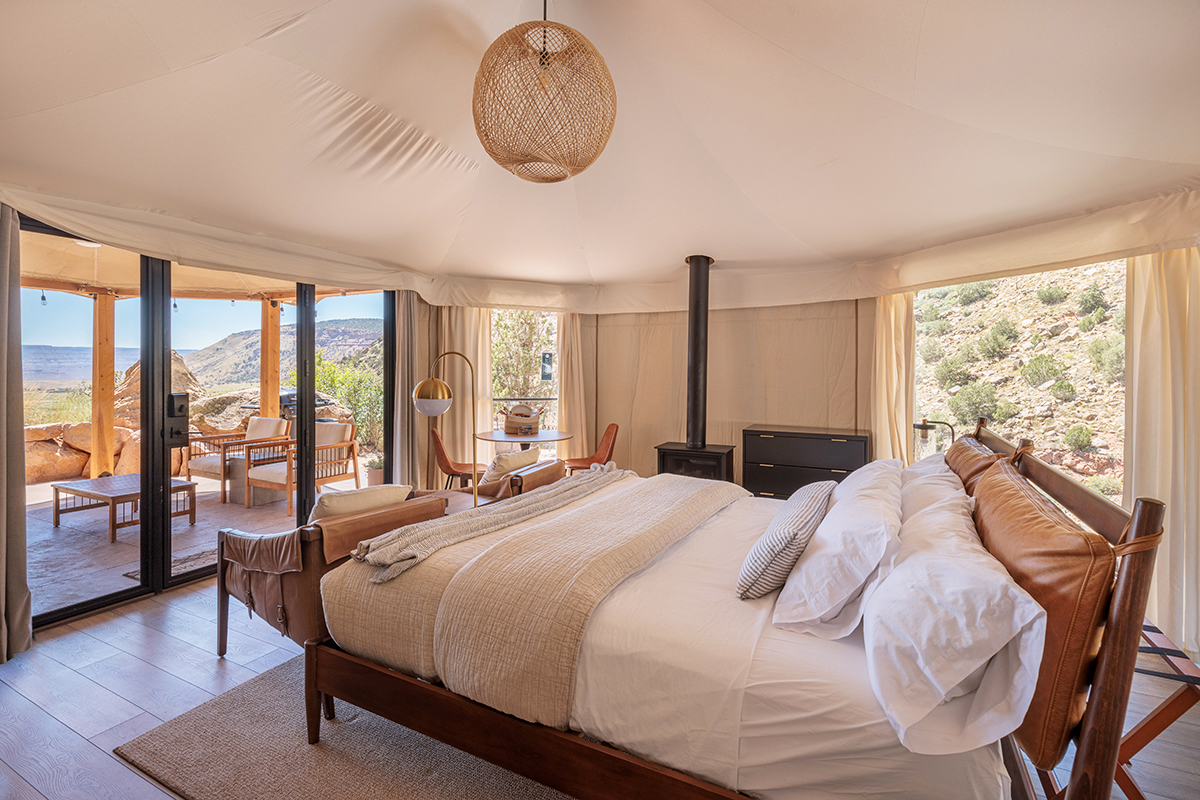
Glamping — "glamorous camping" — typically involves tented "rooms" with thick mattresses set on platforms. Some come with butler service and a private plunge pool, evoking the "Out of Africa" romance that inspired some of the best glamping camps. Asking the following questions will help you figure out what's right for you: How close together are tents? Do tents have showers and bathrooms? What do you typically hear from your tent (road noise and loud neighbors spoil the ambiance). Is there a restaurant? How far is your tent from the main gathering area, and how do you get between the two (some resorts have electric carts; others require a ramble over uneven ground). Are children's programs offered?
A few favorites:
Nayara Tented Camp, Arenal, Costa Rica: Find canopied beds and private plunge pools in a lush jungle. The resort's mountain-top pool offers spectacular views of Arenal Volcano. The land it sits on was reforested by the owners, who also built affordable staff housing that workers can purchase and keep — even if they leave the company.
Open Sky Zion, Virgin, Utah: Serenity is guaranteed in this private canyon near Zion National Park. Facilities include a swimming pond, a chef-run farm-to-table restaurant, and 13 comfortable tents, some with star-viewing skylights and outdoor showers. Crafted with eco-friendly materials, Open Sky is powered by solar.
Safari Camps
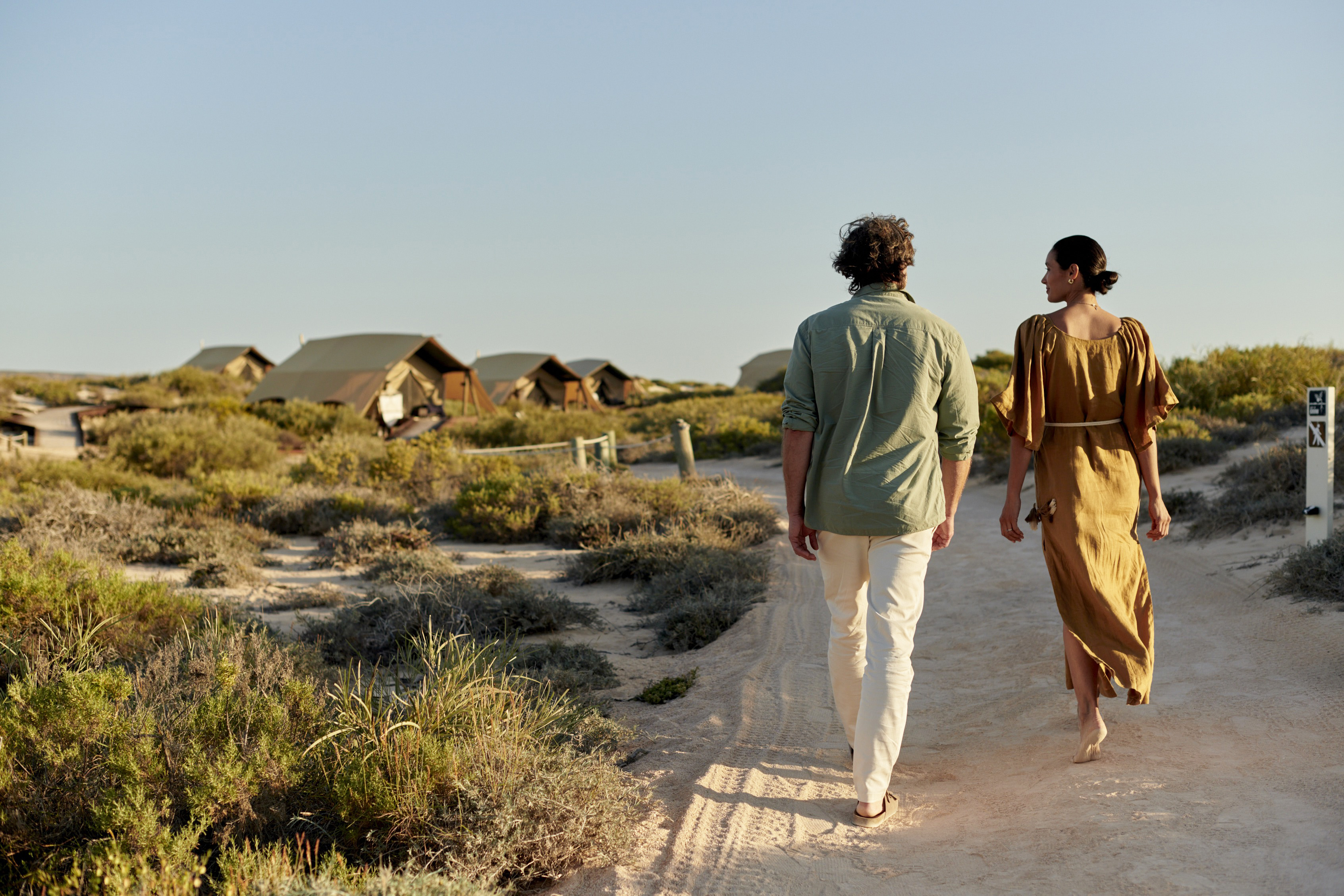
The difference between glamping and safari is simple: Glamping centers on natural settings, while safaris center on wildlife, from zebras to Bengal tigers to whale sharks. Most camps include two game drives daily, often with private guides assigned to each tent or villa; nearly all are powered by solar and other renewable energies. In Africa, camps from &Beyond, Singita, Nomad Tanzania, Asilia Africa, and A&K Sanctuary are among the most lauded.
Beyond Africa, here are two wildlife experiences worth considering:
Sal Salis, Exmouth, Australia: Solar-powered canvas tents sit on decks above the dunes of Western Australia's Cape Range National Park, literally steps from the Ningaloo Reef. While guests can snorkel from shore, the big lure is swimming with whale sharks on excursions offered from April to August by local tour operators. Tents include comfortable beds, and Australian wines and snorkeling gear are included.
Leopard Trails, Sri Lanka: Sri Lanka's endemic leopards are most easily seen in the open plains of Yala National Park. Leopard Trails works with the local community to encourage and support green practices. Most villas feature plunge pools. Tented accommodations include outdoor bathtubs overlooking the jungle and stream, muraled bathrooms, and ice boxes stocked daily with fresh cocktail garnishes, as well as personalized service from your "'adventure butler."
Nature Resorts
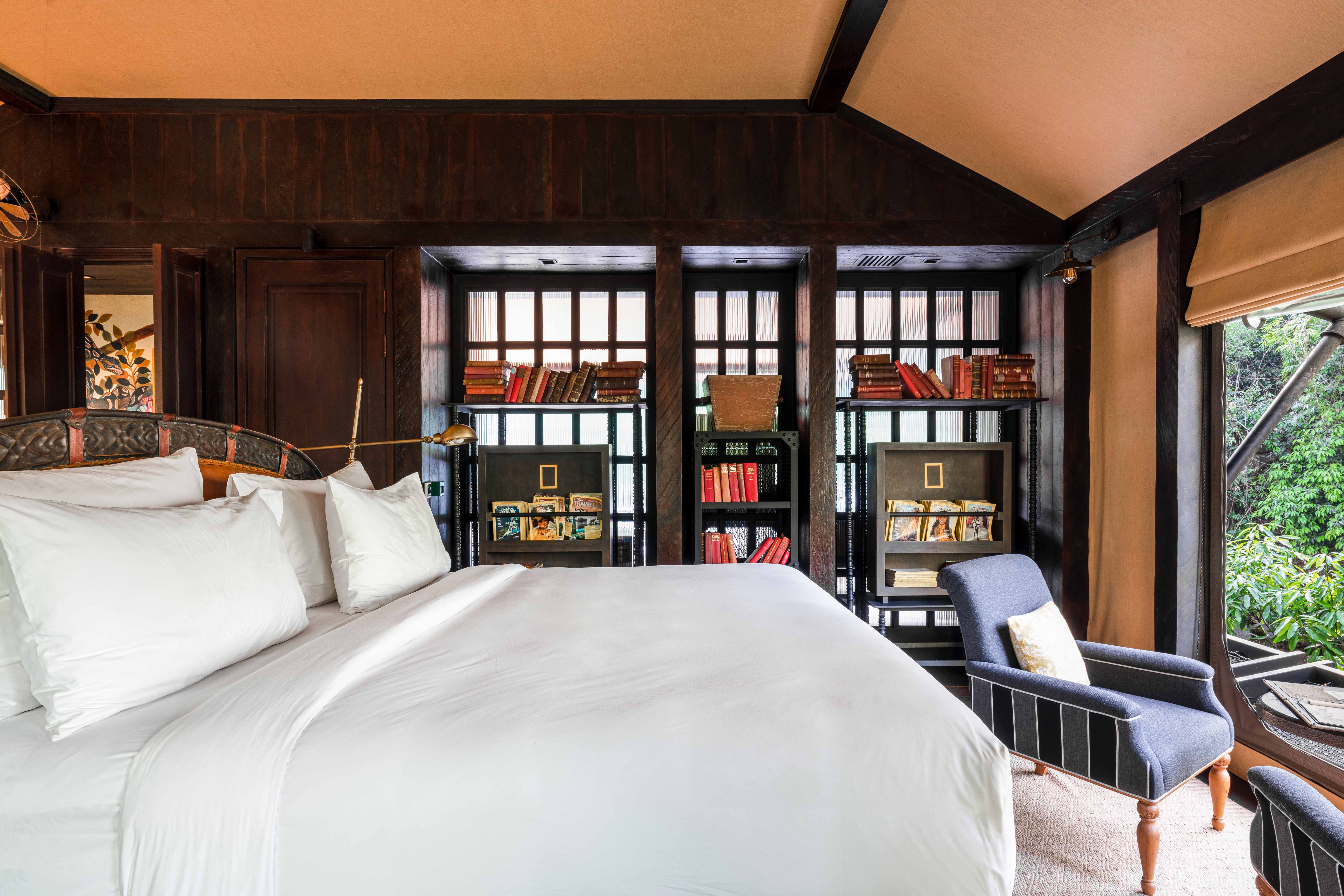
'The best nature resorts put guests in the heart of wild land without disturbing it. Resident naturalists lead scheduled walks, with plenty of time for simply hanging out, dining on gourmet cuisine, or exploring on one's own. Well-regarded brands include Awasi, Explora, and Aman. Also check out consortia such as Luxury Lodges of Australia and Luxury Lodges of New Zealand.
A few favorites:
Shinta Mani Wild, Prey Praseth Village, Cambodia: Conservation is the raison d'être of these 850 jungled acres, which were acquired to prevent development. Ziplining, motorbike patrols with the local wildlife alliance, and a five-course chef's menu served on the edge of a waterfall are part of the experience. Tented accommodations are spectacularly designed thanks to hospitality guru and co-owner Bill Bensley.
BioHabitat, Armenia, Colombia: Nested in tropical forest near the Andes, the 28 air-conditioned "habitat" suites are purposely designed to blend with their surroundings, with views of jungle, snow-crusted peaks, and unique plant species of this region, including the world's tallest palms. Rainwater collection and living roofs and on-site water treatment reduce impact.
Expedition Cruises
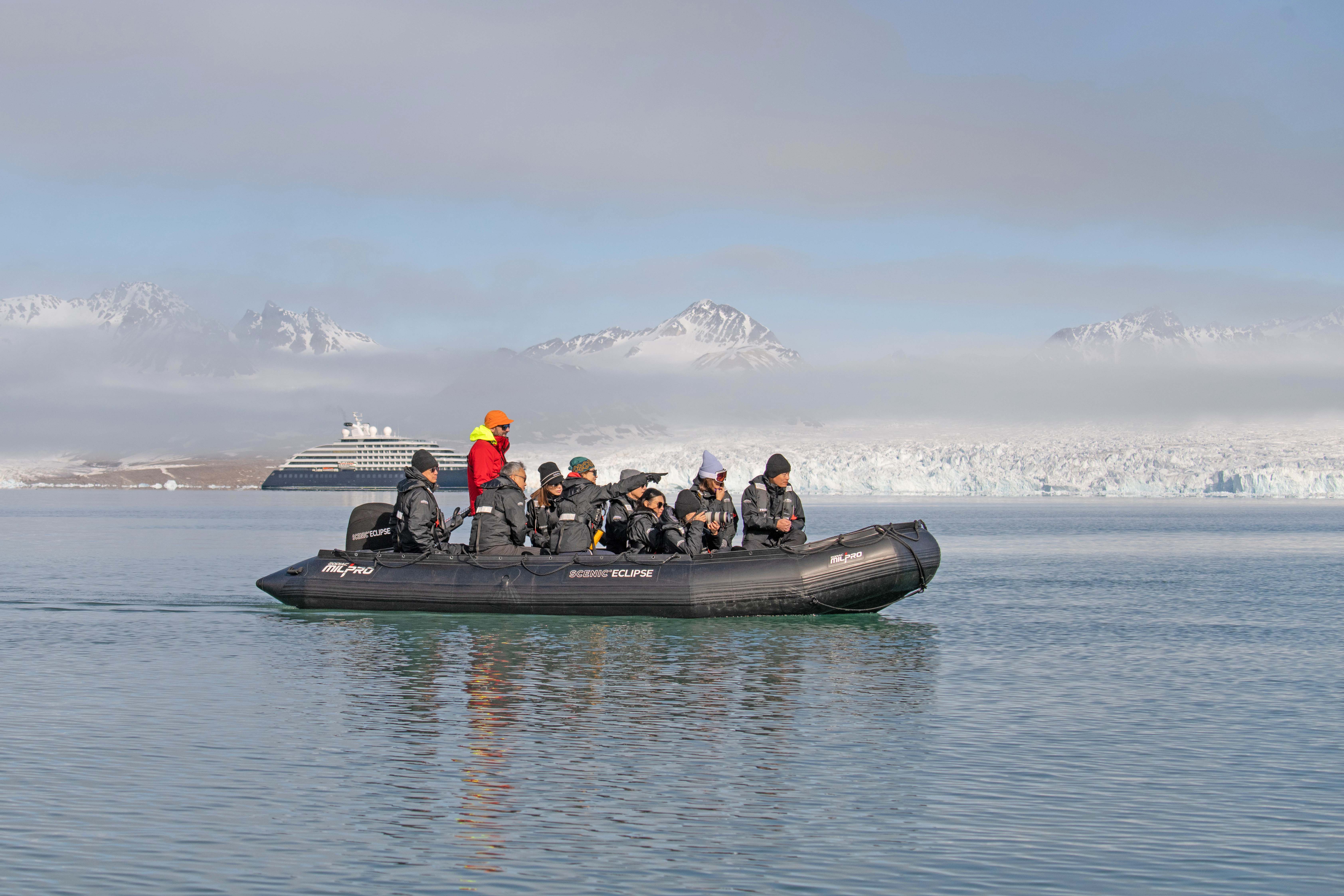
Some wilderness destinations are best visited by ship; others can only be seen from the sea. To make this possible, a number of luxury cruise lines have introduced "expedition cruises," small-ship sailings for 200 guests where nature is the star. Forget set itineraries, casinos, and stage shows; the entertainment is wildlife, wild land, and expert lectures.
Some lines focus only on polar regions; others include the South Pacific, Galapagos, Amazon River, and Australia's Kimberly. All excursions are typically included. Top lines include National Geographic-Lindblad Expeditions, Ponant, Scenic Ocean Cruises, Seabourn, and Silversea. (Note: Most also offer a roster of "classic: cruises with port calls and shipboard entertainment.)
Two singular options:
Scenic Cruises: Scenic Cruises is the only line to offer both submersible and helicopter tours to onboard guests, though their use is restricted in some sensitive areas. Its two ships, Eclipse I and II, were specially designed for polar waters and feature multiple impressive dining options. Both sail in the Antarctic, Arctic, and elsewhere.
National Geographic-Lindblad Expeditions: Lindblad pioneered expedition cruising and maintains a focus on science, nature, and ecology. Thanks to its long-standing partnership with National Geographic, a pro nature photographer sails on every voyage to coach photographically inclined passengers. Its ships sail in polar waters, Galapagos, Egypt, and elsewhere.